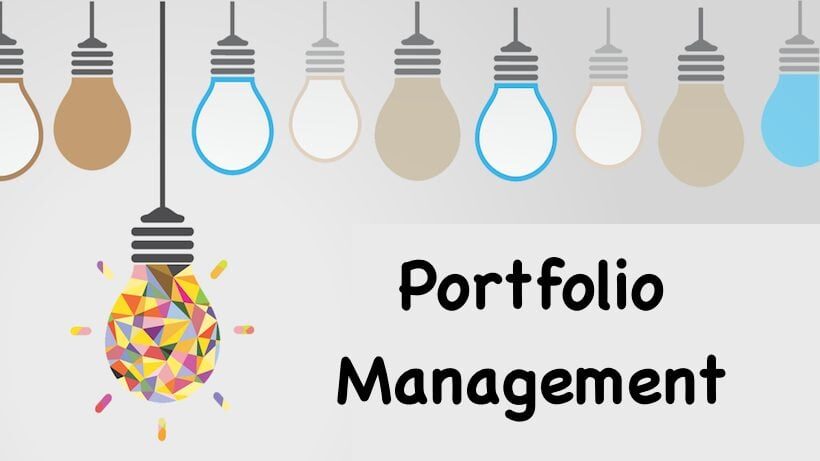
When it comes to your investments, you may have heard of the term “portfolio management.” But what does that really mean? And how would you make sure that your portfolio is well structured in a way that meets your financial goals? Are you looking for ways to maximize your investments? Stock portfolio management services can be an excellent way to ensure your investments are properly managed and monitored. With the right strategy, you can reduce risk and make informed decisions about the future of your portfolio. Learn more about the benefits of stock portfolio management services and how they can help you reach your financial goals.
In this article, we’ll take a closer look at stock portfolio management services and the different types of portfolios you can create. We’ll also explore some common strategies and elements that are essential to any successful portfolio. By the end of this article, you’ll have a better understanding of what portfolio management is and how to make it work for you.
Types of Portfolio Management:
As we know there are three main types of it:
1- Passive management: Also known as buy and hold, passive management is a long-term strategy where the investor buys and holds a portfolio of securities in the hopes that they will provide consistent returns over time.
2- Active management: Active management is a short-term strategy where the investor tries to beat the market by buying and selling securities to take advantage of price fluctuations.
3- Managerial asset allocation: Managerial asset allocation is a long-term strategy that involves dividing assets between different investment vehicles such as stocks, bonds, cash, real estate and alternative investments like hedge funds.
How do stock portfolio management services work?
Organizations can effectively manage their products through portfolio management by taking into account development lifecycles, priorities, gating, and consistent procedures. However, certain problems can be solved by introducing fresh procedures and changing the culture. To effectively manage risk and make use of resources, a portfolio must be well-balanced. Throughout the development lifecycle, a reliable review mechanism is necessary. Making long-term decisions is one of the primary issues in portfolio management. Portfolio management is crucial for supporting managerial decisions as well as for making quicker and better decisions about the introduction of new products to the market.
The portfolio should be evaluated and rebalanced on a regular basis. The portfolio’s performance and allocation may change over time. Portfolio drift occurs when changes in asset prices due to market circumstances and economic events cause the portfolio to deviate from its planned allocation. Investors may keep their portfolio on track with their investment objectives by examining it and making necessary modifications on a regular basis.
Conclusion
Portfolio management investment services can Help You Achieve Your Financial GoalsPortfolio management is a comprehensive approach to investing that involves selecting and managing a diverse group of assets in order to meet specific financial goals. By using a portfolio management strategy, you can benefit from diversification, customization, and the opportunity to regularly review and rebalance your investments.

